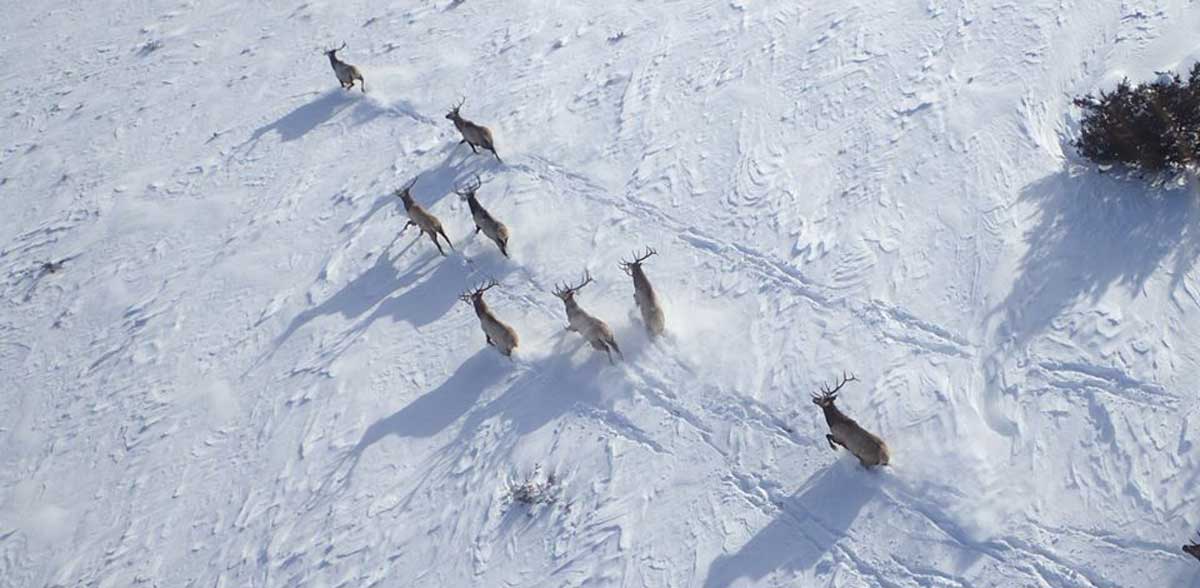Below is a news release from Montana Fish, Wildlife and Parks.
Montana recorded its first suspected case of chronic wasting disease in wild elk on Nov. 25, 2019. The cow elk was harvested by a landowner on private land northeast of Red Lodge earlier this month and samples were extracted from the carcass in Billings Nov. 6. Tests results confirming the suspected presence of the disease were returned to Montana Fish, Wildlife and Parks and the hunter on Monday.
CWD was found in a herd of captive game-farm elk near Philipsburg in 1999 and the herd was depopulated. Until this week, however, the disease had not been found in wild elk in Montana.
In addition to the elk, Monday’s test results confirmed the presence of CWD in three more deer in south central Montana. They included a mule deer harvested on national forest land near Crooked Creek in the Pryor Mountains, a white-tailed deer northwest of Worden, and a white-tailed deer on private land northeast of Silesia.
Tissue samples from the suspected CWD-positive animals will undergo additional testing for confirmation. Hunters who harvested the animals have been informed of the test results.
CWD first was confirmed in the wild in Montana in a mule deer in Carbon County in 2017 as a result of scheduled searches on harvested game. Earlier this month, tests showed that a moose in northwest Montana was suspected to have CWD. All other cases since the disease was discovered in Montana in 2017 have been in white-tailed deer and mule deer.
This fall, FWP is encouraging anyone who harvests a deer, elk or moose in Montana to submit tissue samples for CWD testing at no cost to the hunter.
CWD is an always-fatal prion-based disease that affects the nervous system of deer, elk and moose. Transmission can most commonly occur through direct contact between animals, including urine, feces, saliva, blood and antler velvet. Carcasses of infected animals may serve as a source of environmental contamination as well and can infect other animals that come into contact with that carcass.
There is no known transmission of CWD to humans. However, the Centers for Disease Control and Prevention recommends that hunters harvesting an animal in an area where CWD is known to be present have their animal tested. The animal’s head and throat area are required for testing purposes. If the animal tests positive, CDC advises against eating the meat.
The 2019 general hunting season ends on Sunday, Dec. 1. South central Montana hunters wanting to have their animals tested for CWD may collect the samples themselves and mail them using instructions posted online at http://fwp.mt.gov/cwd. Technicians are available to help extract and submit tissue samples during normal business hours at FWP’s Region 5 Headquarters, 2300 Lake Elmo Dr. in Billings Heights.
(Photo source: Montana Fish, Wildlife and Parks)
